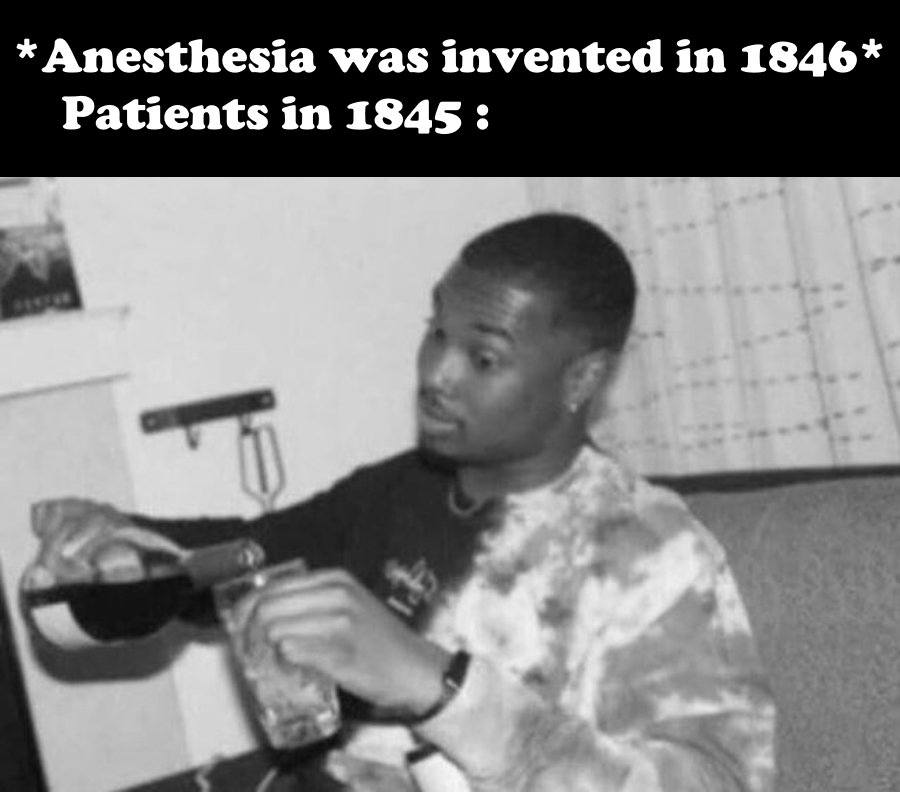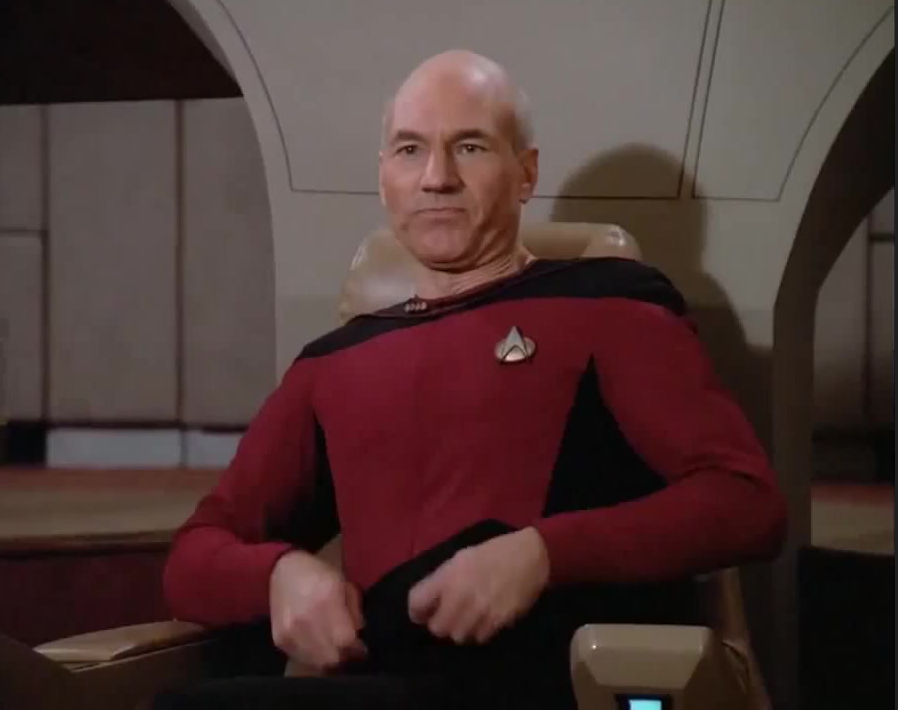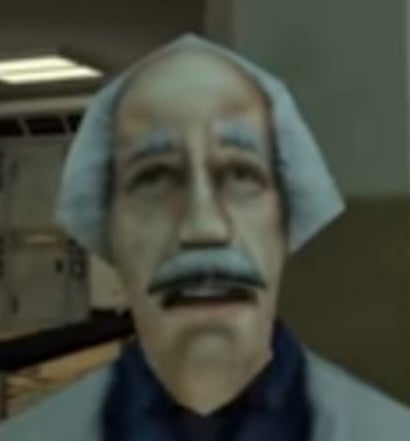I generally don’t try to correct shitposts, but for some reason this one annoyed me because it’s only sort of true and the real truth is more interesting.
Shakespeare’s observation (from Cymbeline) explains why attempts to alleviate the pain of disease, injury or simple surgical procedures by producing unconsciousness are almost as old as civilization, although the techniques were crude. Most involved ingestion of ethanol and or herbal mixtures, but ‘knock-out’ blows to the head and bilateral carotid artery compression (carotid derives from the Greek for stupor) are also described. These methods were impossible to quantify, and the best that can be said of many is that they were harmlessly ineffective, but that is obviously not the case with head trauma or obstructing the flow of blood to the brain. Hypnotism, introduced as ‘animal magnetism’ or ‘Mesmerism’ in the latter part of the eighteenth century (depicted above), can be effective in susceptible individuals, but such people are relatively rare in developed societies.
Most of the herbal mixtures were devised in Southern Europe or the Orient where plants with active alkaloids (e.g. opium) are indigenous, but one called ‘Dwale’ appears in medieval English texts. Although a number of drugs used in modern anaesthesia have their origins in substances found in plants those early concoctions are irrelevant to the development of effective, drug-induced anaesthesia. It stems from discoveries made in Britain during the latter half of the 18th century, the time of the ‘Enlightenment’. However, di-ethyl ether, the first agent to be demonstrated successfully in public, was originally synthesized (by the action of sulphuric acid on ethanol) in the thirteenth century. There are early reports of it producing both pain relief and loss of consciousness, but such observations were not applied clinically for centuries - examples of a recurring theme: clinical use of the effect did not follow until long after its original observation.
And it isn’t even really true about using a gas as anaesthesia:
Davy’s ‘Researches, Chemical and Philosophical: Chiefly Concerning Nitrous Oxide’, published in 1799, describes two major effects of its inhalation: euphoria (he coined the term ‘laughing gas’) and analgesia (it eased the pain of his erupting wisdom tooth). Davy suggested inhalation of nitrous oxide during surgical operations, but this was not acted upon (that recurring theme again) though a slightly earlier event may indicate possible explanations. In 1784 a London surgeon, James Moore, published a description of nerve compression in producing numbness for limb surgery – most people have experienced this effect after falling asleep while lying on an arm. The method was used successfully for an amputation performed painlessly by John Hunter, the ‘father’ of modern surgery, yet there is no record of a repeat. Was it fear of complications, inconsistency of effect, or simply that minds were not yet attuned to the concept of surgery without pain?
Davy went on to work at the Royal Institution in London, giving demonstrations of nitrous oxide and other discoveries of the age. In 1813, another scientist famous in later life, Michael Faraday, joined him as assistant and studied the inhalation of ether. He published his findings, which included soporific and analgesic effects, in 1818, but one subject had taken over 24 hours to recover full consciousness. Such an observation provides another explanation for failure to implement important observations – the difficulty of quantifying and controlling their effects.
Then:
The story moves to the USA, specifically to Hartford, Connecticut on 10 December 1844, when Gardner Quincy Colton, a travelling showman, gave a demonstration of the latest discoveries, including inhalation of nitrous oxide. In the audience was Horace Wells, a local dentist who had mastered the art of using new materials to make dentures, and had sought ways of easing the pain of first removing the patient’s own rotten teeth. Here was a prepared mind, and Wells realized that he might have found a solution when a young man (one Samuel Cooley) who had inhaled the gas injured his shin without any apparent discomfort.
…
Discussions led to an experiment the following morning during which Wells had one of his own teeth removed by a colleague, John Riggs, after Colton had administered the gas. Wells learned how to make nitrous oxide, and used it in his practice until he felt confident enough to demonstrate the technique at the nearest major medical centre, Boston. He gave a talk to a class of the Harvard Medical School and then administered the gas to one of them who, unfortunately for Wells, cried out when a tooth was removed. Even though the student remembered nothing Wells reacted badly (he was probably a manic depressive) to being dismissed as a charlatan and, although he continued to use nitrous oxide, he faded from the scene.
However, William Morton, who had previously been both Wells’s student and later partner, had helped with the demonstration, and was made of sterner stuff, recognizing that a ‘better’ agent was required. He was by then a medical student at Harvard and consulted, among others, his chemistry teacher, Dr. Charles Jackson. What part Jackson actually played in Morton’s decision to use ether by inhalation became the subject of great controversy, but there is no doubt that it was Morton who studied it, tested it in animals and then tried it in his patients. Having been successful with these trials he offered to demonstrate his method to Dr. John Warren, surgeon at the Massachusetts General Hospital, and was invited to do so on 16 October 1846. Before a large audience, Morton administered ether vapour to Gilbert Abbott before Warren removed a tumour from Abbott’s neck without any sign of distress. A new era had dawned.
https://www.rcoa.ac.uk/about-college/heritage/history-anaesthesia
Thank you, that was most edifying.
Another fun fact is that using ether during childbirth was forbidden by church for a long time because bible specifically says that giving birth in pain is God’s punishment.
Why would it be?
Came for the shitpost, stayed for the medicine history education class.
Thanks for this. I also just realized how much I miss reading and posting in /r/askhistorians.

Lol, this is definitely the more accurate take
Don’t forget the baby. They did it for babies as well.
I don’t think they did, the concept babies didn’t feel pain persisted well into the 1980s.
In the late nineteenth, and first half of the twentieth century[citation needed], doctors were taught that babies did not experience pain, and were treating their young patients accordingly. From needle sticks to tonsillectomies to heart operations were done with no anaesthesia or analgesia, other than muscle relaxation for the surgery.[citation needed] The belief was that in babies the expression of pain was reflexive and, owing to the immaturity of the infant brain, the pain could not really matter.[37]
deleted by creator






